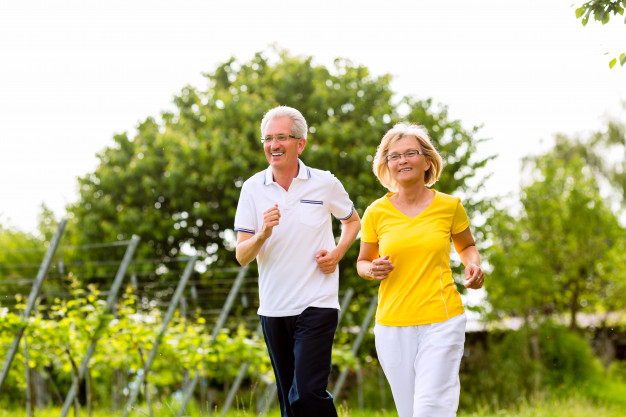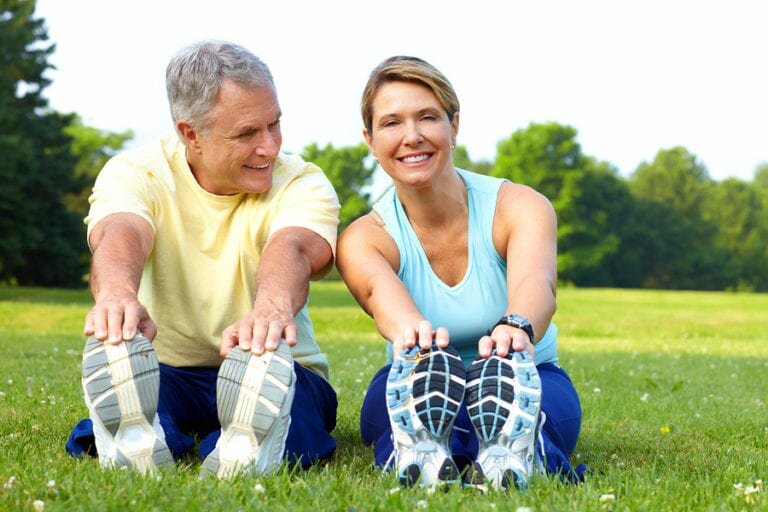
5 key strategies for older athletes
1. Learn to synchronize wants and needs
Many of us older athletes are still in decent or even great shape, at least in the context of our favorite activity. But each of us has an irresistible desire to stand out from the crowd. Actually, in such a situation, I usually use the word “cool”. Perhaps your goal is a chic physique, or you want to be very strong, or aim for high-ranking positions in a sport. The bottom line is that we want to stand out. And in the business that we have chosen, we want to be great.
Rest assured, the desire to be extraordinary is absolutely normal and can energize you for all this exhausting workout. But the workout that leads to greatness and glory isn’t always good for long-term health. It turns out that if you want to be at your best and stay healthy, you will have to synchronize these two somewhat conflicting goals.

A good way to bring things to a common denominator is to choose the sport or occupation that suits your constitution and individual physique. I have somehow neglected this recommendation in recent years, taking part in weightlifting and powerlifting competitions after 40 and even after 50 years, although both sports are not suitable for a person with a height of 185 cm, weighing 90 kg and relatively poor joint mobility.
So far I have been lucky and have been more or less successful, especially in powerlifting. But I was always open to new opportunities to challenge myself and expand the horizons of the training process. You should be open-minded and open-minded about everything in the same way.
2. The economics of training: think like an accountant
To my clients, I say this: “Every time you grab a barbell, you pay a price. Whether it will be useful or not is another question. ”
When it comes to fitness – and it becomes more than obvious as you age – you must carefully consider the potential cost and potential benefits when planning your workouts. The price has to be paid not only in the form of time and energy expended, but often also in the form of the risk of injury, time taken away from other life goals, wear and tear of the musculoskeletal system (MSA) in the future.
Ideally, you want to pay a reduced cost rather than a full cost to achieve your goals. Here are just a few examples of how to develop this mindset:
- If you have lower back problems, the front squat is a “discounted” leg strength exercise that is “cheaper” than the classic back squat .
- Multi-rep training with a proportional reduction in working weights to build muscle can be more effective than low-rep, high-weight sets. It usually takes less time, and the state of the ODA does not play a decisive role here.
- In training, strive to minimize losses; push back exercises for well-developed muscles. Do not rest between sets of 4 minutes if you have time to recover in a 3-minute break. Focus on stretching 1-2 of the tightest muscle groups. I think you get the general idea.
- If you need to increase your aerobic endurance, and you weigh 115 kg, treadmill running is not the best choice. Try an exercise bike or ellipsoid.
The bottom line is that the older you are, the greater the importance of a rational training economy. Remember the Pareto principle: where are those 20 percent of investments that can give 80 percent of the profit? Find them and put all your efforts in the right direction. When time and energy are limited, you need to know what things can be discarded without serious consequences.
3. Find and tighten the weakest links
Physical fitness is determined by many adaptive mechanisms and abilities of the body. They all tend to decline with age and / or due to inactivity, but they deteriorate at different rates. For example, it is relatively easy to stay strong in adulthood, but this is not always the case for mobility, endurance, or peak power.

Here’s a simple question to help you sharpen your focus on this topic: What could you easily do at 18 that you can’t do as playfully today? Run? Jump? Throw or catch the ball? Get up off the floor? Touch your toes? See your toes?
Whichever answer you choose, it indicates a physical ability that has deteriorated markedly over the years.
The various physical indicators that make up the overall picture of fitness are like a woven web. The development of one quality affects the development potential of all others. Physical abilities are like strands of a spider web; you cannot touch one strand without disturbing all the other strands.
4. Eat more protein
As we age, the anabolic effects of exercise and nutrition become less and less potent. Therefore, if you want to stay in the game, you need to do more in order to get less. In particular, the effect of protein intake on muscle protein synthesis decreases in adulthood. And we utilize carbohydrates no longer as efficiently as in our youth. These findings suggest that it is worth turning the diet back to carbohydrates and facing protein.
Dr. Lane Norton lists the following recommended daily protein intake by age:
- Under 18: 1.2-1.6 grams per 1 kg of body weight
- 19-40 years: 1.6-2.2 grams per 1 kg of body weight
- 41-65 years: 2.2-2.6 grams per 1 kg of body weight
- Over 65: 2.6-3.0 grams per kg of body weight
It may seem like eating that much protein in a day is not so easy, but sports nutrition makes this task a lot easier.
5. Don’t be afraid to be a generalist
Young athletes usually start to engage in several sports at once. They can attend a football, swimming, artistic gymnastics or track and field section. You can think of this as the top, or wide, part of the hourglass.
Only over the years, when they become teenagers or go out of adolescence, depends on the sport, specialization begins that helps them to excel in their chosen sports discipline. Imagine this stage of the athlete’s development in the form of the “neck” of an hourglass.
As you enter the era of adulthood, I recommend returning to the broad-based strategy again. Imagine that you are 25 years old and it takes you 20 minutes to run 1.5 kilometers. This is a lousy time by any standard, but the good news for 25-year-olds is that the situation is fairly easy to fix at this age. On the other hand, if you are 55 years old and you run 1.5 km in 20 minutes, improving your performance becomes a real battle. It is very possible that you will never run 1.5 kilometers in a decent amount of time.
To find a solution to a problem, you do not have to bang your head against the wall – it is better to look for what you are able to do. Regardless of the sport discipline you choose, you should strive to improve the full range of fitness characteristics, even if they are not directly related to the sport or activity you enjoy. The good news is that once training becomes a habit, it doesn’t take too much effort to just maintain it.
Here’s some practical advice on how to make sure your fitness doesn’t deteriorate as you age. Find a measurable way to assess your current levels of muscle strength, aerobic endurance, body composition, and ODA mobility. For example, you might choose deadlift, 2km running, dual-energy X-ray absorptiometry (DXA), and functional motion assessment (FAD) to evaluate these four parameters.
Then draw a conditional “line in the sand” for each indicator: the level below which you cannot go down. For me, this is a deadweight from 225 kg, but remember that I am a competitive powerlifter. It could be something completely different for you. For example, lifting your own weight for 5 repetitions, and when the task seems simple, lifting one and a half weight. Then two own weights. You get the principle.

There are no absolutely correct or incorrect methods in this matter. The bottom line is that you need to determine the personal standards of physical development that are important to you, and then work on improving the weakest aspects.
You cannot cheat the system!
The older you get, the more noticeable the role of all sorts of “little things” becomes: the frequency of meals, careful workouts, adequate sleep and the ability to cope with stress. In youth, you can “cheat the system” on many issues, but in adulthood you can no longer afford such a luxury.
So, if you want to be cool at 50, 60, and beyond, you have to pay the price of hard work and strict self-discipline. But the reward is worth it. The only negative point? You can no longer let everything take its course, as you could do when you were 20. It’s time to get to work in earnest!
